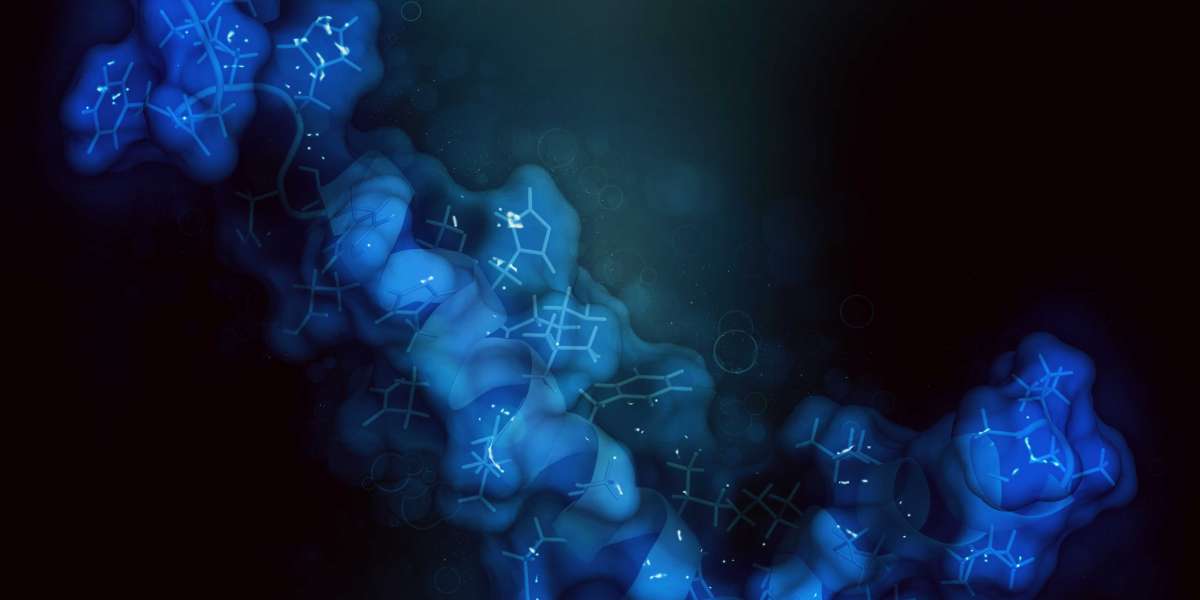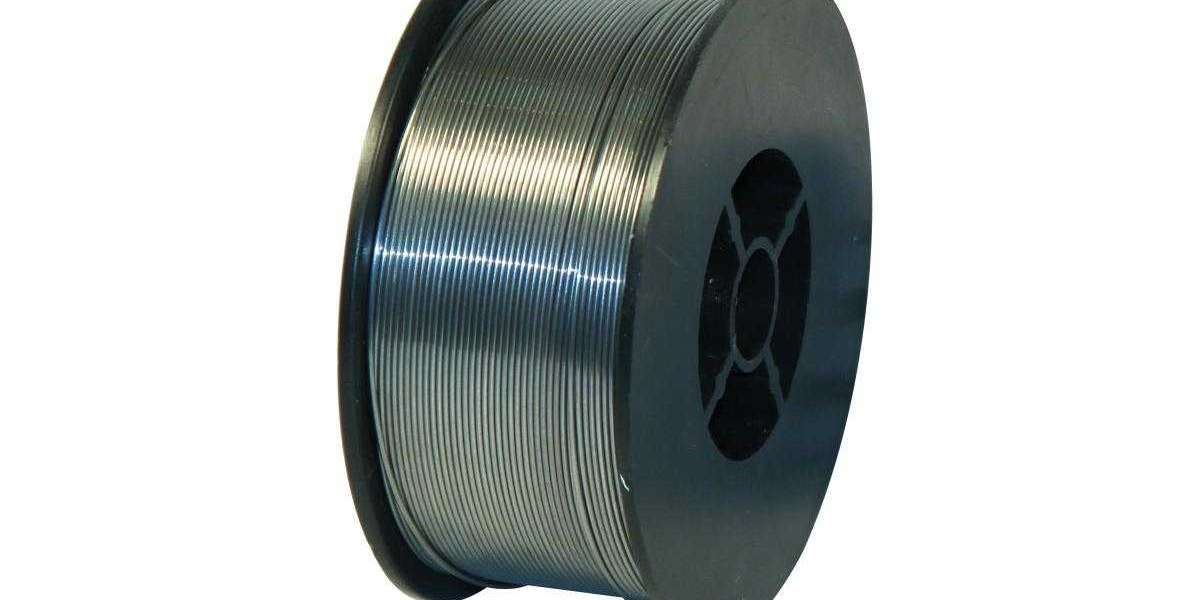Enzymes play a crucial role in various industrial applications, including food and beverage processing, pharmaceutical production, biofuel synthesis, and waste management. Microbial production of enzymes offers numerous advantages, including cost-effectiveness, scalability, and the potential for producing enzymes with specific properties. Using microorganisms, such as bacteria or fungi, to produce enzymes through fermentation or biotechnological methods, provides a sustainable and environmentally friendly alternative to traditional methods of enzyme production.
Strain Selection
Select a suitable microorganism strain capable of producing the desired enzyme. This can be achieved through screening naturally occurring microorganisms or genetically engineering specific strains. Advancements in genetic engineering and synthetic biology have allowed us to modify microorganisms to enhance enzyme production. Through genetic manipulation, we can introduce or optimize genes responsible for enzyme synthesis, resulting in higher yields and improved enzyme properties.
Culture Preparation
The selected microorganism is grown in a nutrient-rich medium, providing optimal conditions for growth and enzyme production. The medium composition varies depending on the microorganism and enzyme being produced.
Fermentation
The cultured microorganisms are transferred to a bioreactor or fermentation vessel, where the conditions are carefully controlled to promote enzyme production. Factors like temperature, pH, oxygen levels, and agitation are optimized for each specific enzyme.
- Submerged Fermentation (SmF)
SmF is a traditional method for enzyme production from microorganisms which has been used for a longer period of time. In SmF, free-flowing liquid substrates like molasses and broths are used. The end products of the fermentation are liberated into the fermentation broth. Substrate utilization is very rapid in SmF. Substrate must be provided continuously for this fermentation process. This technique is well suited for the extraction of secondary metabolites from bacteria because it requires high moisture content for their growth. SmF has several advantages in which genetically modified organisms are grown well compared to SSF and media sterilization, purification, and recovery of the end products. Further, the control of process parameters such as pH, temperature, moisture, oxygen transfer, and aeration can be done easily.
- Solid State Fermentation
Solid-state fermentation (SSF) is suitable for the less moisture content required microorganisms. In SSF, nutrient-rich waste materials such as bran, bagasse, and paper pulp can be used as substrate for the microorganisms and they are consumed very slowly and constantly. Hence, there is no need to supply the substrate for longer time. Major advantages of SSF are easy to handle, recovery of higher concentration of products, and generation of lesser effluent. Therefore, SSF is considered as a promising method for commercial enzyme production.








